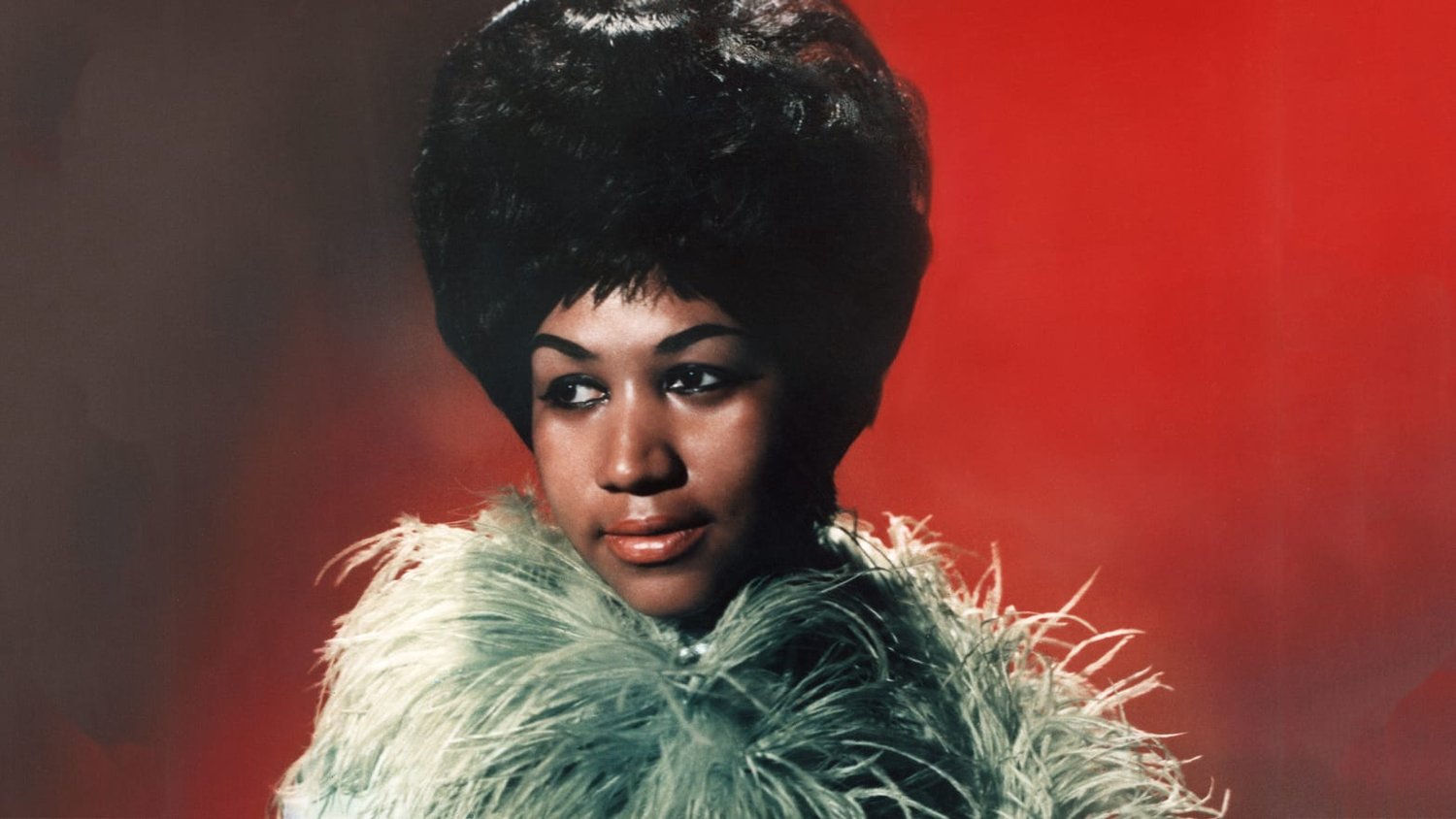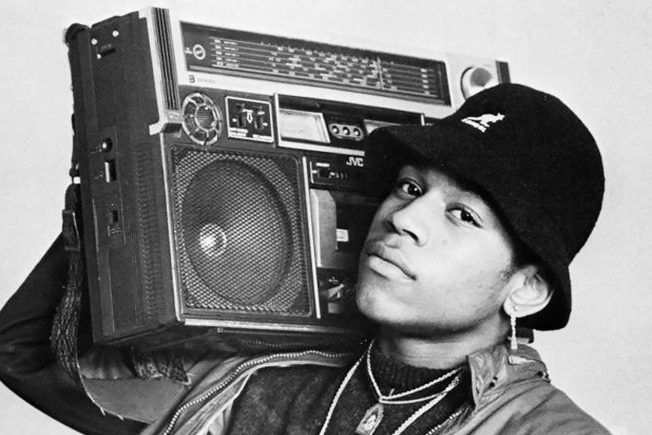Music is an ever-evolving form of expression that mirrors the cultural, social, and technological shifts of each era. From jazz in the roaring 1920s to rock and roll in the rebellious 1950s, disco in the vibrant 1970s, and hip-hop’s dominance in the 21st century, different genres rise and fall in popularity. But what determines which genre takes center stage at any given time? Several factors influence this cycle, including social movements, technological advancements, economic conditions, and generational shifts in taste.
Understanding why certain music genres dominate at different times offers insight into how society itself evolves. It’s not just about the beats and melodies—it’s about how music connects with the people and the period in which it thrives. Let’s explore the main reasons behind the dominance of specific genres at various points in history.
1. Cultural and Social Movements
Music is deeply intertwined with cultural and social movements. A genre often becomes dominant when it aligns with the emotions, struggles, and aspirations of the people at a given time. For example, rock and roll in the 1950s reflected a break from conservative traditions, embracing rebellion and youth culture. Similarly, the rise of hip-hop in the late 20th century was fueled by its raw depiction of urban struggles and the empowerment of marginalized communities.
The Civil Rights Movement played a crucial role in the prominence of soul and gospel-influenced music in the 1960s, as artists like Aretha Franklin and Sam Cooke voiced messages of hope and change. In modern times, genres like hip-hop and reggaeton dominate because they resonate with themes of resilience, empowerment, and cultural pride, particularly among younger generations. Music doesn’t just entertain; it serves as an anthem for societal change.
2. Technological Advancements and Media Influence
Technology has always been a driving force in shaping musical trends. In the 1920s, the widespread use of the radio allowed jazz to spread quickly across America. The invention of the electric guitar in the 1950s revolutionized rock music, giving it a distinct and powerful sound. The 1980s saw the rise of electronic music, influenced by synthesizers and drum machines.
Fast forward to the digital age, and streaming platforms like Spotify, YouTube, and TikTok now dictate music trends. Viral hits and algorithm-driven recommendations push certain genres into the mainstream. The dominance of hip-hop and trap music in the 21st century is largely due to digital platforms that allow independent artists to reach global audiences without traditional industry gatekeepers. As technology evolves, so do the genres that rise to prominence.

3. Economic Conditions and Accessibility
Economic factors also play a significant role in determining the popularity of music genres. In times of economic prosperity, high-production genres like disco in the 1970s flourished with elaborate concerts, glamorous fashion, and expensive studio productions. On the other hand, in periods of economic downturn, raw and cost-effective genres like punk rock and grunge gained popularity.
For instance, during the 1990s recession, grunge became a defining genre with its stripped-down, angst-filled sound that resonated with disillusioned youth. Similarly, hip-hop and DIY indie music have thrived in recent years due to their relatively low production costs, allowing artists to create and distribute music without major financial backing. The accessibility of music production tools has democratized the industry, leading to shifts in genre dominance based on economic circumstances.

4. Generational Shifts and Changing Preferences
Every generation seeks a unique identity, and music plays a crucial role in defining it. The baby boomers embraced rock and folk, while Gen X gravitated toward alternative rock and hip-hop. Millennials saw the rise of EDM and pop-driven hip-hop, while Gen Z has embraced diverse genres through genre-blending artists.
Streaming culture has further accelerated generational shifts, allowing young audiences to explore and experiment with different sounds. TikTok trends have played a massive role in bringing older genres like disco and funk back into the spotlight, proving that no genre is ever truly gone—it simply waits for a new generation to rediscover and reinterpret it. The cycle of music dominance is fueled by these ever-changing generational preferences, ensuring that the soundscape is always evolving.


